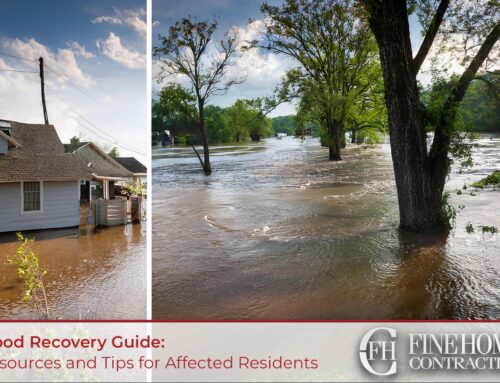In Connecticut, winter’s freezing temperatures, heavy snowfall, and icy conditions can wreak havoc on homes. Preparing properly for the cold season well in advance ensures your home stays warm, powered, and protected from damage when winter storms strike. Use this comprehensive winterization checklist to get your home fully ready inside and out before temperatures drop. Checking off these maintenance tasks, upgrades, supply checks, and contingency plans makes homes winter-ready and gives Connecticut homeowners peace of mind.
Protect Outdoor Areas
Safeguarding the exterior and landscaping around your home before winter prevents costly repairs and dangerous conditions. Prioritize these key areas outside the home.
Insulate the Home
Preparing your home’s insulation, windows, doors and openings blocks drafts and helps retain warmth indoors all winter long, saving on heating bills.
Prepare Plumbing
Extreme cold puts home plumbing at risk for leaks, bursts and freezing. Take preventative measures to avoid water damage and costly repairs.
Update HVAC Systems
Heating and cooling systems work hard during Connecticut winters. Proper maintenance ensures efficient operations and reduces costly repairs.
Prepare for Power Outages
Winter storms with freezing rain, ice and heavy snow can cause downed trees, damage, and power failures. Be ready to safely weather outages.
Ready the Home Interior
Small indoor adjustments help make interiors more comfortable and functional during the cold season.
Preparedness is key to keeping Connecticut families safe, warm and comfortable all winter long. Following this comprehensive checklist to winterize your home inside and out, upgrade insulation, maintain systems, stock supplies and plan for contingencies ensures your home is fully winter-ready. With your property protected and interior cozy, you can relax and enjoy the beauty of a Connecticut winter.







